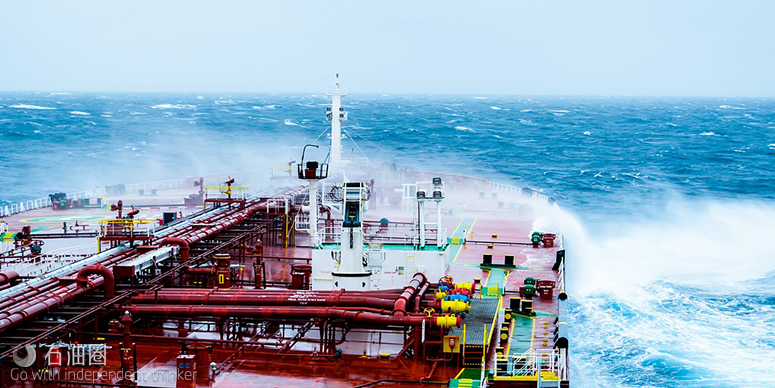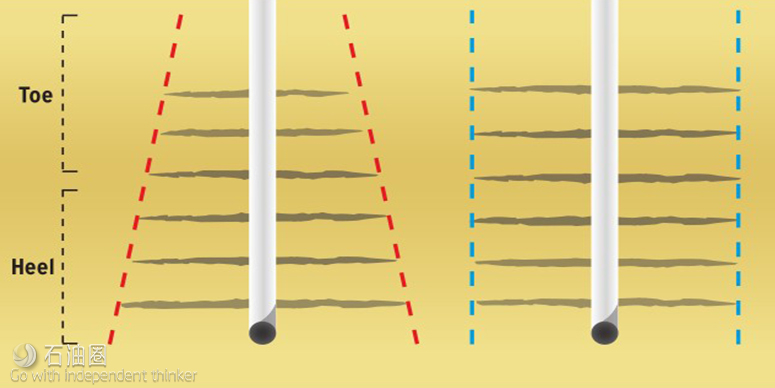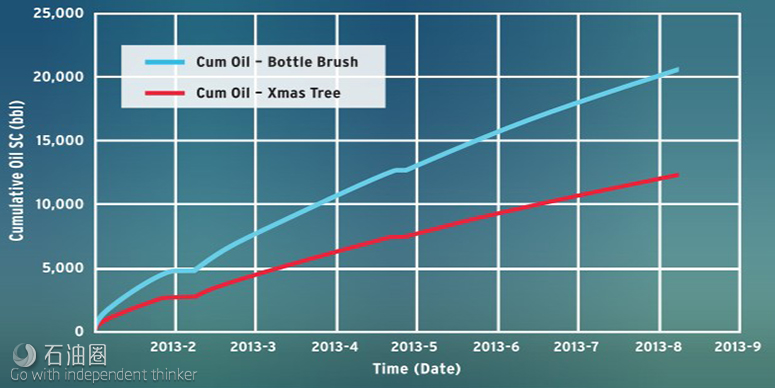Unsung Tools For Boosting Profitability Of Unconventional Wells
Amid new lows in permeability, biodegradable frac diverters lift production and lower completion costs.
The majority of biodegradable diverters used in stimulations are formulated with water insoluble polylactic acid (PLA), a compound that is largely free of patent protection, thereby attracting numerous market participants. Likewise, given the capacity to degrade into benign lactic acid, PLA finds application in medical implants as a building block for anchors, screws, plates, pins, rods and for use as a mesh. Importantly, for fracturing applications, the degraded material is water soluble, facilitating removal during the wellbore cleanup process.
For the many PLA-based biodegradable diverter suppliers drawn to the fracturing market by the wholesale expiration of patents, maintaining product quality and delivering an application-specific design is an art unto itself. First, to withstand being altered into the small, and tough, particle size required for fracturing, the primarily corn-based composition must be ground in a cryogenic environment to harden the material, while preserving its properties.
Designing the material to sufficiently plug and divert flow in a fit-for-purpose manner requires particular expertise. For example, care must be exercised to ensure particles are sufficiently sized to pass through the valves without lodging in the valve seat and plugging the pumps.
Generally, the proper design of a biodegradable PLA diversion plug requires at least three different meshes of materials. In a compact demonstration of the process, an inordinately large mesh material is used first, followed by a mid-range material to plug the voids left by the initially large mesh material. Finally, a very fine mesh material fills in the remaining, typically near-microscopic, voids left in the frac pack.
The final step is analyzing the pressure trends to ascertain the material did in fact plug off the predetermined points and expose new formation, thus enabling diversion to take place. Net pressure matching enables the analyst to understand the environment(s) the diverter has affected. Stated simply, in some cases the diverter may simply plug off perforations and extend the flow into perforations that were taking less fluid before the diverter was placed. Closing off a fracture generates pressure sufficient to open perforations/fractures closed prior to the diverter coming into play.
Post-frac observations
Reservoir performance evaluations validate the capacity of biodegradable diverters to improve fracture contact during the completion operation and the undeniably positive influence on production. Hints of the eventual diverter-reservoir performance relationship can be traced to the roots of Frac Diagnostics LLC, borne out of participation in a multitude of microseismic mapping projects. In observing those projects, especially early in the evolution of the unconventional completion process, an odd phenomenon became apparent.
While the original plan assumed fractures would evolve evenly from the wellbore, the microseismic mapping projects consistently showed the general basinwide tendency of the heel perforation cluster/fracture to generate a much longer fracture than those at the mid-point and especially at the toe cluster. In the latter stages of this study, biodegradable diverters were used, and, in those cases, a more uniform fracture geometry was distributed in the same stage interval (Figure 3), with appreciable increases in production rates (Figure 4).
FIGURE 3. The fluid flow pattern in an intrastage diversion converts from a christmas tree (left) to the more uniform bottle brush shape (right). (Source: Frac Diagnostics)
FIGURE 4. The diverter-enabled conversion from the christmas tree to bottle brush shape shows significant increases in cumulative oil production. (Source: Frac Diagnostics)
Explained another way, if the heel stage in the nondiverter frac, for example, is significantly longer than the frac incorporating a diverter, the effective frac length, defined as the portion of the frac that yields conductivity and can deliver production, is appreciably longer/stage.
This imbalance in fracture length could not be dismissed as an inconsequential anomaly, as the post-frac production data made available showed the wells incorporating diverters outperforming their counterparts by 8% to 18%, with regard to the time between load recovery and hydrocarbon volumes high enough to consider the cleanup complete and the well put on production. Theoretically, this makes sense given the time-worn issue of conductivity and formation damage resulting from proppant placement.
At the end of the day, the use of biodegradable diverters carries distinctive benefits in terms of increased production, lower completion costs and maximum asset value. However, as with any aspect of an unconventional completion, avoiding potential risks requires careful attention to both design and execution.
Typically, biodegradable diverters are used to double the length of the frac stage while achieving interstage transition with, as noted, fewer plugs and less pipe integrity risks. Using a “spread rate” pricing system and treatments pumped at a higher-than-usual rate to shorten the time required to extend each stage, the running of fewer plugs and less time on location combine for documented cost savings of up to 28%. Conversely, the economic benefits can be compromised with inefficient logistics failing to make all required materials readily available on location and inaccurately designing the diverter for the targeted application and reservoir characteristics.
When used to reverse production declines and maximize EUR, the diverter typically is run innerstage to open perforations and redistribute frac fluid and proppant. Field recaps show 12% to 40% higher EUR values. However, the risks of screenout increase significantly if the diverter or application is designed improperly or very few perforations are found to be open.
All things considered, the case can easily be made that from a mathematical perspective, biodegradable diverters are the only tools available to both lower the denominator (costs) and increase the numerator (production yield) in the value-return on investment equation of unconventional wells.

 石油圈
石油圈


